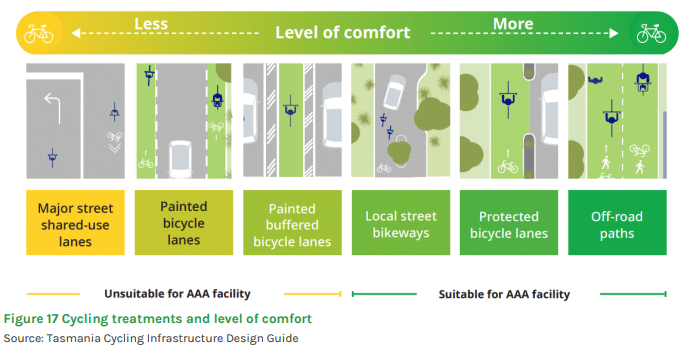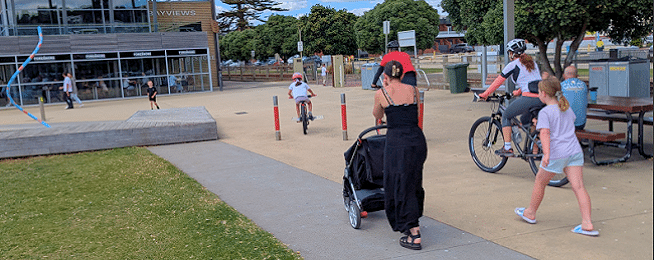Burnie City Council has released its first ever active transport strategy, with the goal of building more than 45km of cycling routes in the next 15 years.
Cycling routes will comprise dedicated bike lanes, shared paths, calm streets and shared zones.
The comprehensive draft strategy has been developed by external consultants in conjunction with local residents and the council.
During consultation the overwhelming barriers to riding more often were the lack of bike lanes and safe crossing points, followed by Burnie’s steep hills.
Despite these barriers, more than 90% of respondents to a survey said they wanted to walk, wheel and ride more often.
Considering that half of all trips to work in Burnie are 5km or less, there is ample room to help people make the switch from cars to riding or walking.
Burnie’s city centre is a focus of the strategy considering close to half of crashes involving people walking and riding have occurred there, including four people who have been killed in the past five years.
The Coastal Pathway is also a feature as many people who engaged with the project team said it was the sole reason they had started walking and riding again. The strategy seeks to use the pathway as a spine with more active transport routes connecting to it.
The strategy prioritises the delivery of cycling routes based on the need for them and the ease of building them. The top 10 projects nominated for immediate delivery are a mix of calm streets and shared paths covering 1.8km and costing a very reasonable $212,000.
A city-wide map of existing and proposed routes illustrates the new connections and upgraded paths that need to be made to create a viable bicycle network in Burnie.

The principles that have guided the development of the proposed network include that:
- people of all ages and abilities can choose to ride for all trips under 3km
- infrastructure is built according to the Safe Systems approach
- riding and walking seamlessly integrates with public transport.
The state government’s Cycling Infrastructure Design Guide, which also follows the Safe Systems and All Ages and Abilities approaches, underpins the recommended network plan.
Work on the strategy was funded by a grant through the state government’s Better Active Transport grants, which was defunded in the last budget.

The strategy is not all just bike lanes and shared paths though, other measures recommended that could boost bike riding include:
- the council advocating to Metro Tasmania to introduce bike racks on buses
- creating a secure bike parking hub in the city and more short-term parking hoops
- safer speed limits and traffic calmed streets
- helping council staff to ride and walk
- changing drain grates to bicycle compliant designs
- path user education
- helping students to ride to school
- measuring success.
Comments on the draft strategy are being accepted until 3 August via an online survey.
If you like what’s being suggested, let the council know they are moving in the right direction. www.burnie.tas.gov.au/Council/News/2025/Draft-Active-Transport-Strategy-Round-2
Or become our friend and subscribe to receive our fortnightly newsletter.


